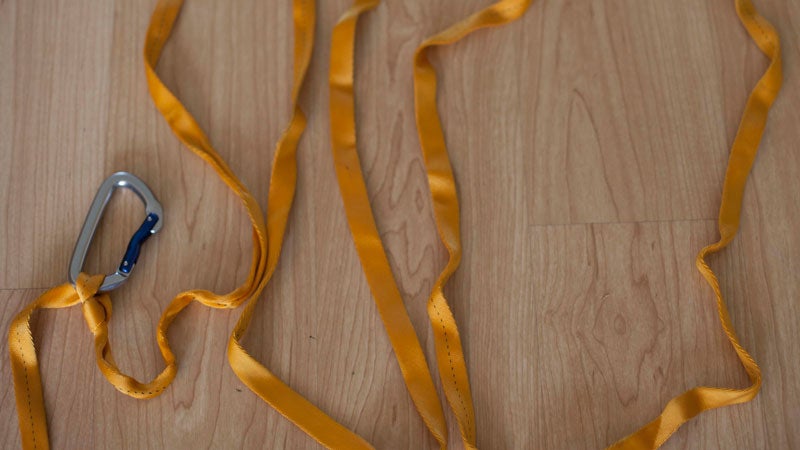No one is in the field more—or is tougher on gear—than a top level professional guide. I asked five all-star guides from different disciplines to tell me about their most essential piece of equipment. The only stipulation? That it cost less than $20.
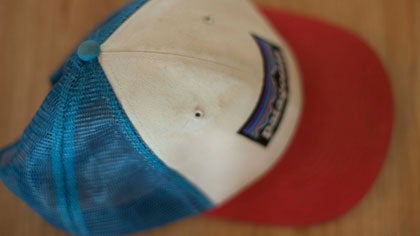
The Guide: , mountaineering guide for. Hahn has summited Everest 15 times (more than any non-Sherpa climber); closer to home, he’s guided clients up Mount Rainier more than 275 times.
The Gear: Baseball hat
The Reason: “You’ve gotta have a baseball hat,” Hahn says. “It’s pretty tough to go out there without sun cover.” The New Mexico-based guide brings his Rainier Mountain Guides and Taos Ski Patrol hats with him to Everest. He mainly uses the hats for sun protection but also uses them during storms. In nasty weather, Hahn prefers to wear a hood over his ball cap, rather than a warm hat, to keep water off of his glasses and also to keep the hood from interfering with his line of vision.
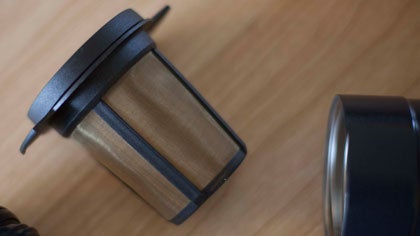
The Guide: , program director for . Steiner been guiding and teaching outdoor education for six years; he’s guided the John Muir Trail for the past two summers.
The Gear: , $17
The Reason: “The MSR Mugmate makes good coffee in the backcountry, which is something you need when guiding,” Steiner says. The 27-year-old says his Mugmate is crucial on the days he guides clients up Mount Whitney. “The goal is to get to the summit at sunrise, so we get up at 3 a.m.” he says. “I usually don’t drink a ton of coffee, but on that morning, I brew a Nalgene’s worth.” And after he makes a liter of Alpine Start coffee, the filter is easily transferrable to other containers, so all party members can be well caffeinated for the day’s adventures.
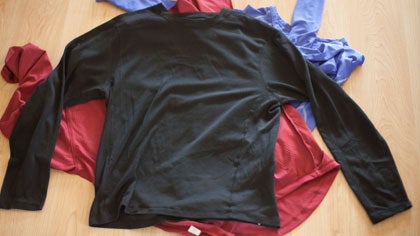
The Guide: , guide and manager at outfitters in Sausalito, California. Siecienski has been a touring, rock gardening, and kayaking guide for 10 years; at one point taught kayaking for six different organizations in the Bay Area at once.
The Gear: Old baselayers and fleeces, at the cheapest price possible from thrift stores.
The Reason: Siecienski loads up on inexpensive fleeces and synthetic layers from second-hand stores and packs them in a dry bag for all of his guiding trips. If the client did not bring the correct type of layers, Siecienski can outfit them and not worry about the layers being lost or damaged. “You never know when a client is going to get hypothermic,” he says, noting that extra-larges are best to accommodate a range of sizes.
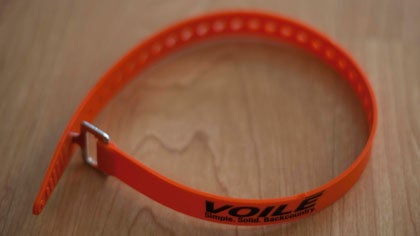
The Guide: , co-owner and backcountry ski guide at . He’s also an avalanche educater.
The Gear: , $5
The Reason: “In addition to using them to hold skis together, they can make a hanging setup for JetBoil, or a crucial piece of a backcountry repair kit,” says Goldie of the stretchy polyurethane belts that fasten with an aluminum buckle (Goldie often sharpens the buckle and uses it to remove ice from the tech fittings of his Dynafit boots). These versatile straps can also be used to hold shovels and probes together, and to keep skins attached to skis when they started to fail. They also come in handy for first-aid compression.
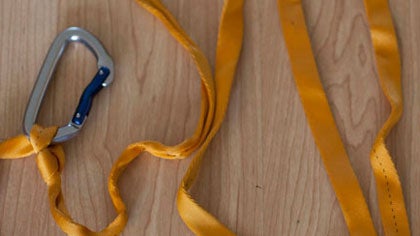
The Guide:, co-owner and guide at . Alvarez-Roos has been guiding Class V whitewater for 25 years.
The Gear: Flip line—a carabineer attached to a piece of heavy duty webbing and worn around your waist, $10
The Reason: Alvarez-Roos says a raft guide should never go anywhere without a flip line because the simple, cheap, piece of equipment has so many uses. It can double as a second rescue rope (hopefully the guide already has a throw bag), it can be used to tie a raft to shore while scouting a major rapid, or as an anchor when setting up a rope rescue. But Alvarez-Roos has found its most important use is its most basic one: flipping a boat right-side-up. Connect the carabineer to a sideline and use the webbing to rotate the boat up after a flip. “You can get the boat over faster before the next rapid,” he says. “In class V, those extra few seconds matter. You don’t have time to mess around.”


